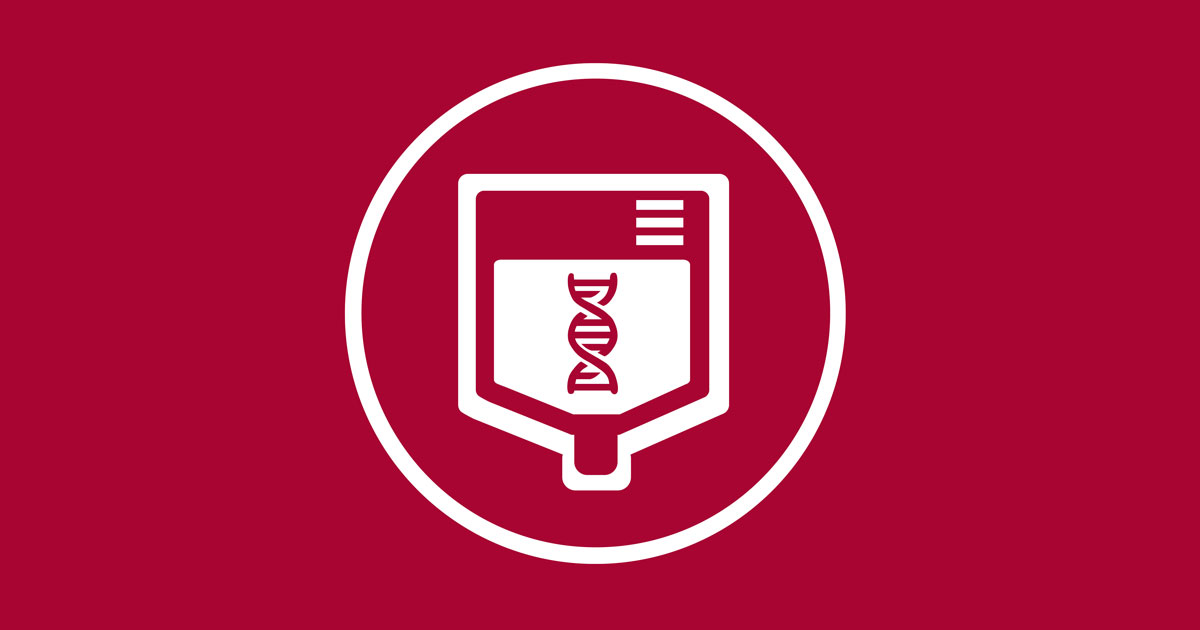Until recently, potentially life-saving bone marrow or stem cell transplants for cancer and other diseases were limited to patients who had a perfectly matched donor for the best chance of a good outcome.
The bottleneck was especially daunting for minority ethnic groups, who are poorly represented in donor registries. The odds of an African-American patient finding a perfect donor match, for example, are around 18 percent, compared with about 35 percent for someone from India and 75 percent for a white person.
But of the many advances in this field in the past 10 to 15 years, none has had as dramatic an impact as the recent development of successful haploidentical or “half-matched” transplants, which have vastly expanded the pool of donors.
“Almost everyone now has a transplant option,” says Vincent Ho, MD, clinical director of the adult transplant program at Dana-Farber/Brigham and Women’s Cancer Center (DF/BWCC). “It allows us to cross HLA barriers and use family member donors who aren’t matched. It also helps reduce barriers for patients from minority ethnic groups.”
Previously, patients receiving a graft of bone marrow or peripheral blood stem cells from a mismatched donor—a person whose human leukocyte antigen (HLA) type was not the same as the recipients—were at much higher risk of the transplant failing to “take” in the body or developing severe graft-versus-host disease (GVHD) from the donor T cells attacking the patient’s tissues.
Now, using the haploidentical transplant process, a patient can receive either transplant from a donor whose HLA type is only a half-match; for example, a parent, a sibling, a child, or even an unrelated donor from a registry.
The key insight that made haploidentical transplants feasible is giving the recipient a high dose of a chemotherapy drug, cyclophosphamide, a few days after the stem cell infusion. This eliminates a large portion of the donor immune cells that cause GVHD, yet allows blood stem cells to proliferate, take up residence in the body, and form the new immune system. As a result, rates of successful engraftment of the donor immune system and reduction in GVHD are comparable to those achieved with fully matched donors.
“It’s very safe and outcomes are close to those with perfectly matched donors, so it has become standard practice,” says Rizwan Romee, MD, who heads the DF/BWCC haploidentical transplant program.
Thanks to haploidentical transplantation and “reduced intensity” transplants in which lower doses of chemotherapy are given to recipients in preparation for a donor graft, older age is no longer considered a barrier to good outcomes. Studies have shown that patients as old as 75 can do as well as patients several decades younger.
Genetic Testing Helps Guide Transplant Decisions
Other advances in the field are being used to identify patients for whom a transplant may not be the appropriate treatment course. “We are doing a lot of genetic testing to predict the risks of relapse, based on mutations in their genes, to better prognosticate who should get transplants,” says Ho.
For example, patients with myelodysplastic syndrome (MDS), genetic analysis is essential to predicting outcomes. Patients whose MDS cells carry a p53 mutation are likely to fare poorly, he says, referring to research by R. Coleman Lindsley, MD, PhD, that uncovered this association. Ho says there are many gene mutations in MDS cells “and we are now able to rank them in terms of their meanings and tell patients their chances of success.”
Genetic testing can also help guide transplant decisions for patients with acute myeloid leukemia (AML). If testing reveals a high risk of relapse post-transplant, patients that are still willing may be treated with drugs targeted to the poor-risk mutations during that period for a few years with the aim of achieving a cure, says Ho.
An ever-present risk associated with transplants is both acute and chronic GVHD, which can severely affect quality of life and can be fatal. Today, “we’ve gotten to the point where we think the best treatment for GVHD is preventing it,” says Ho.
Haploidentical transplants are associated with less GVHD even than standard transplants using a perfectly matched donor. Trials are also underway with antibody drugs and other agents aimed at prevention. The most striking new development on that front comes from a drug called abatacept (Orencia). In a phase 2 clinical trial reported last year, the addition of abatacept to standard therapy reduced the incidence of severe acute GVHD from 32 percent to less than 5 percent in a cohort of pediatric and adult patients receiving mismatched unrelated donor transplants.
Abatacept and other novel drugs, which are given in pill form, “give us new options that are relatively safe and improve the quality of life for these patients,” says Ho.
Altogether, these are encouraging developments making transplantation more accessible and safer for more patients with cancer and blood disorders.

